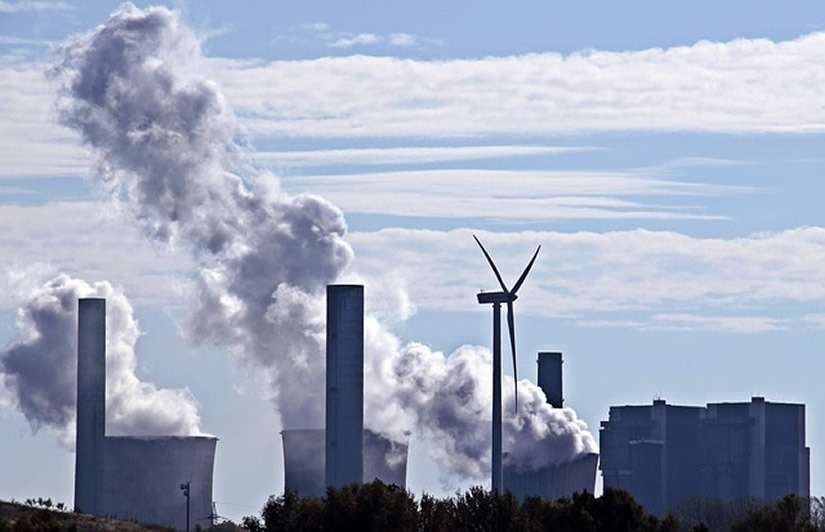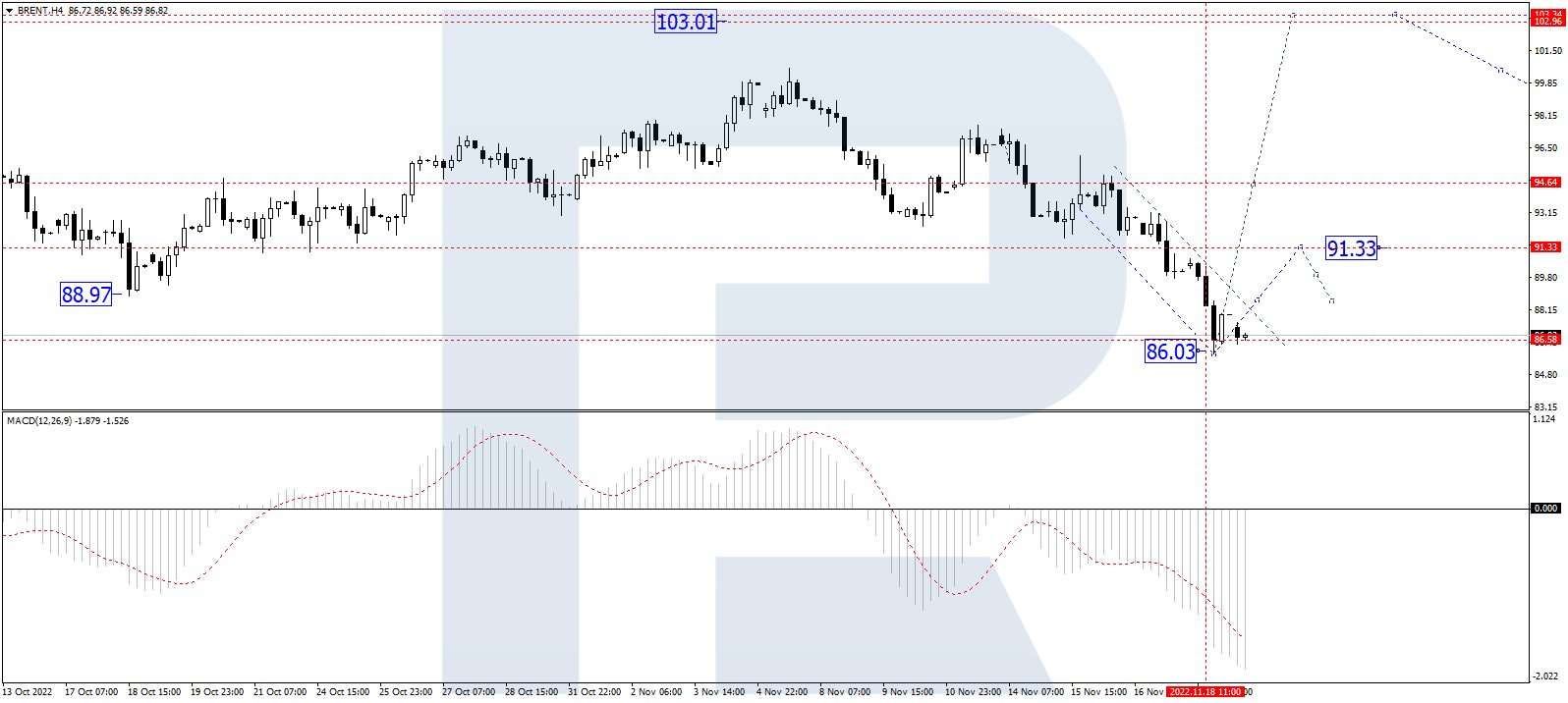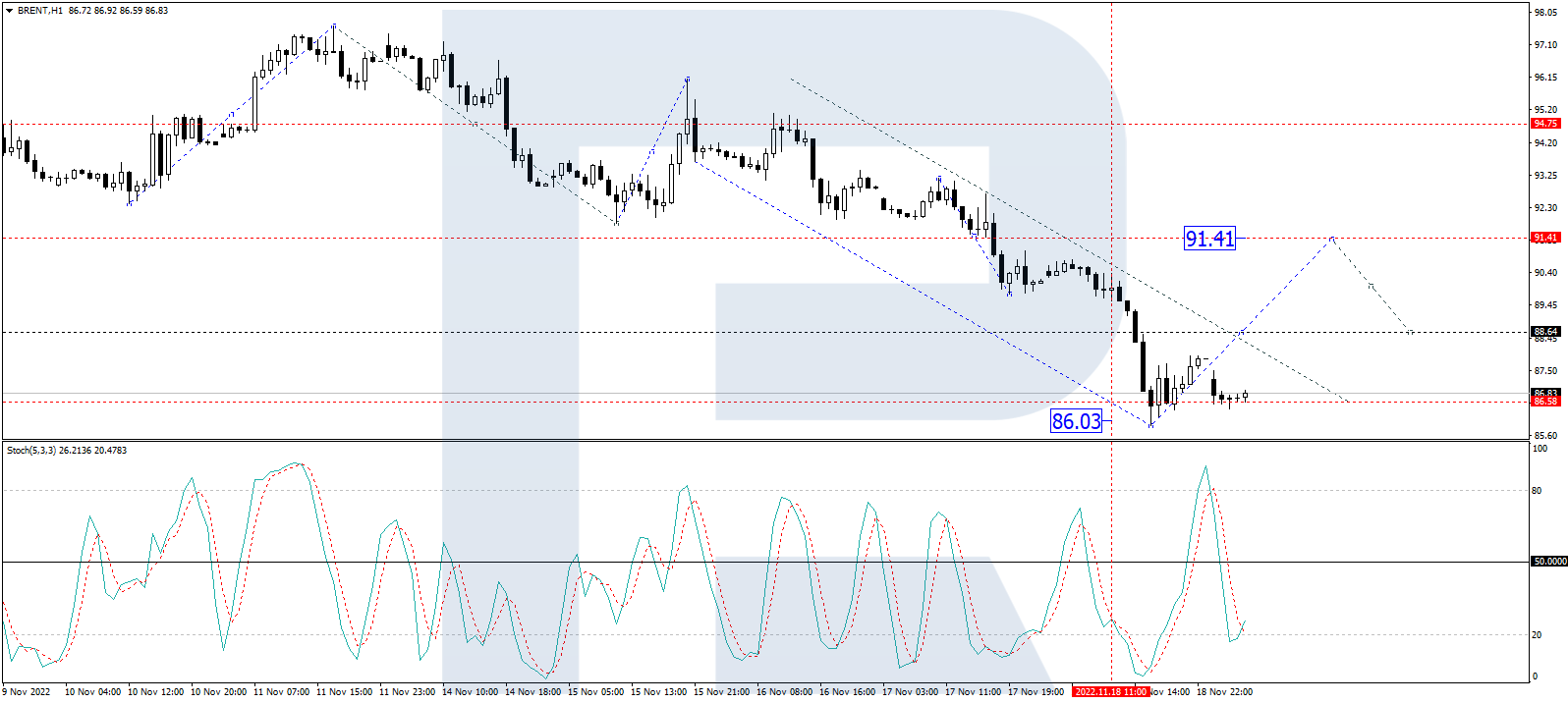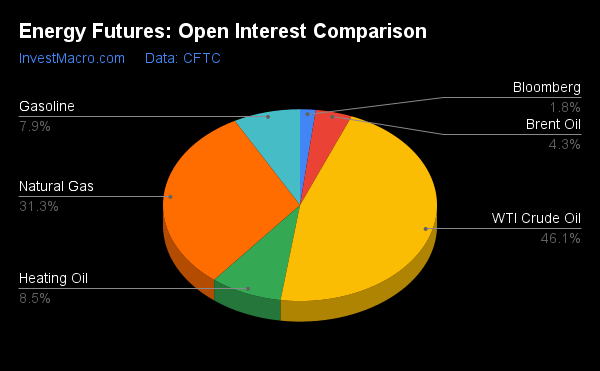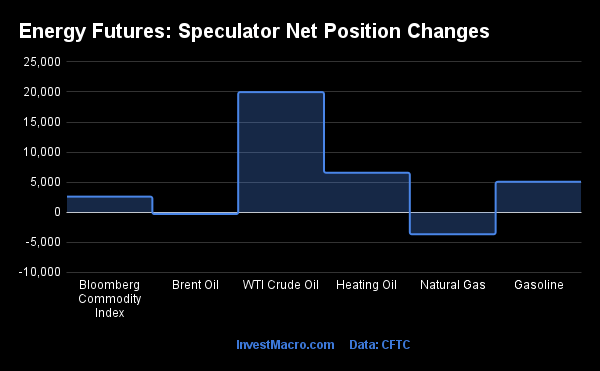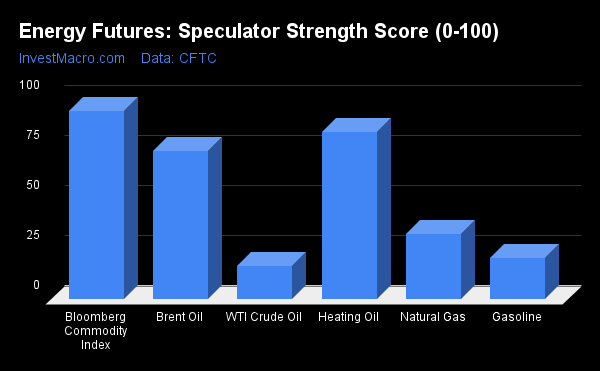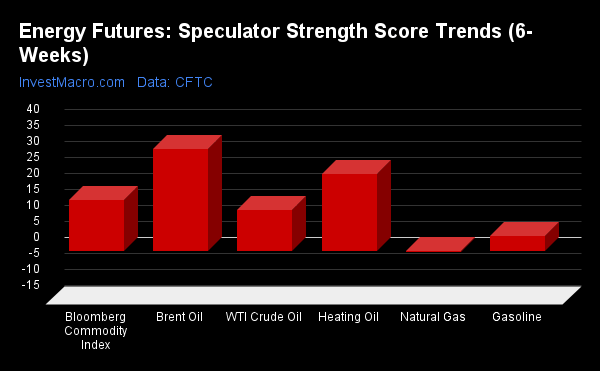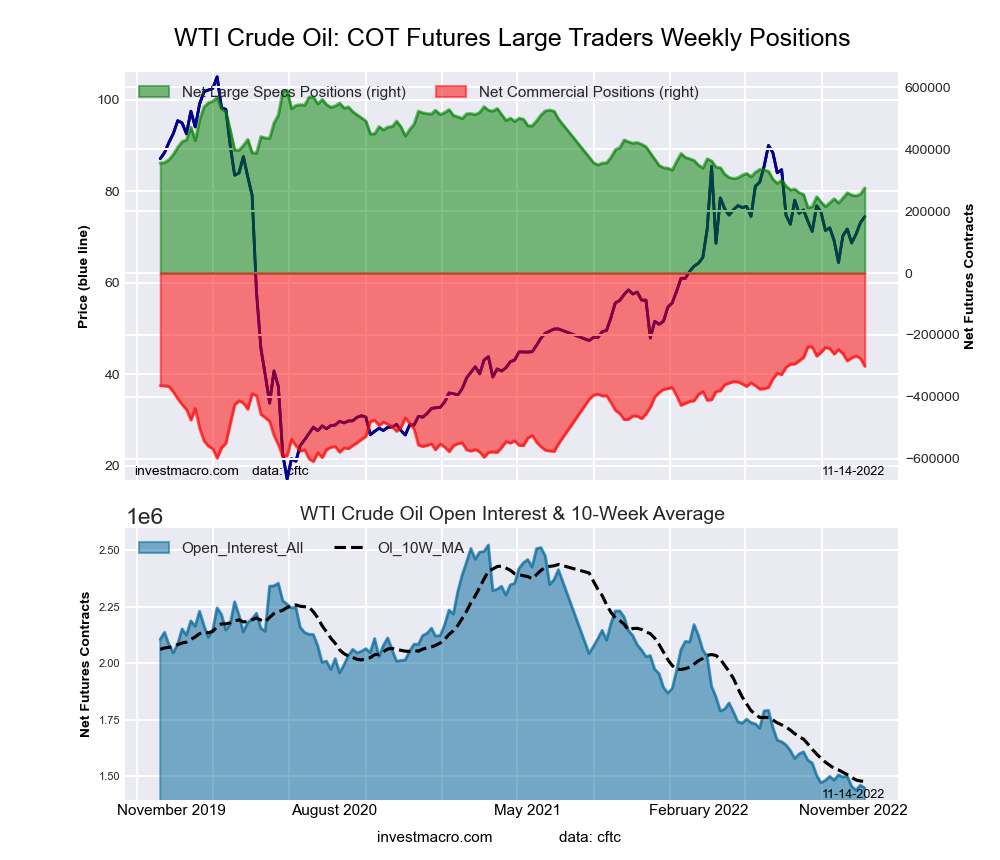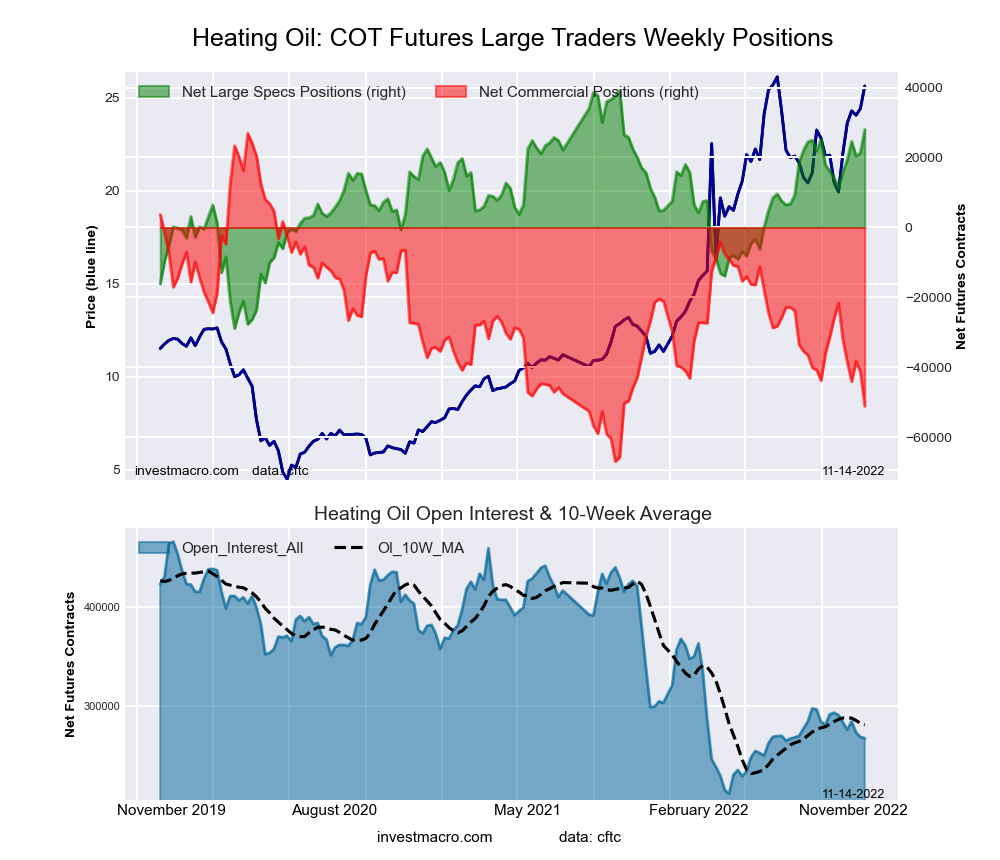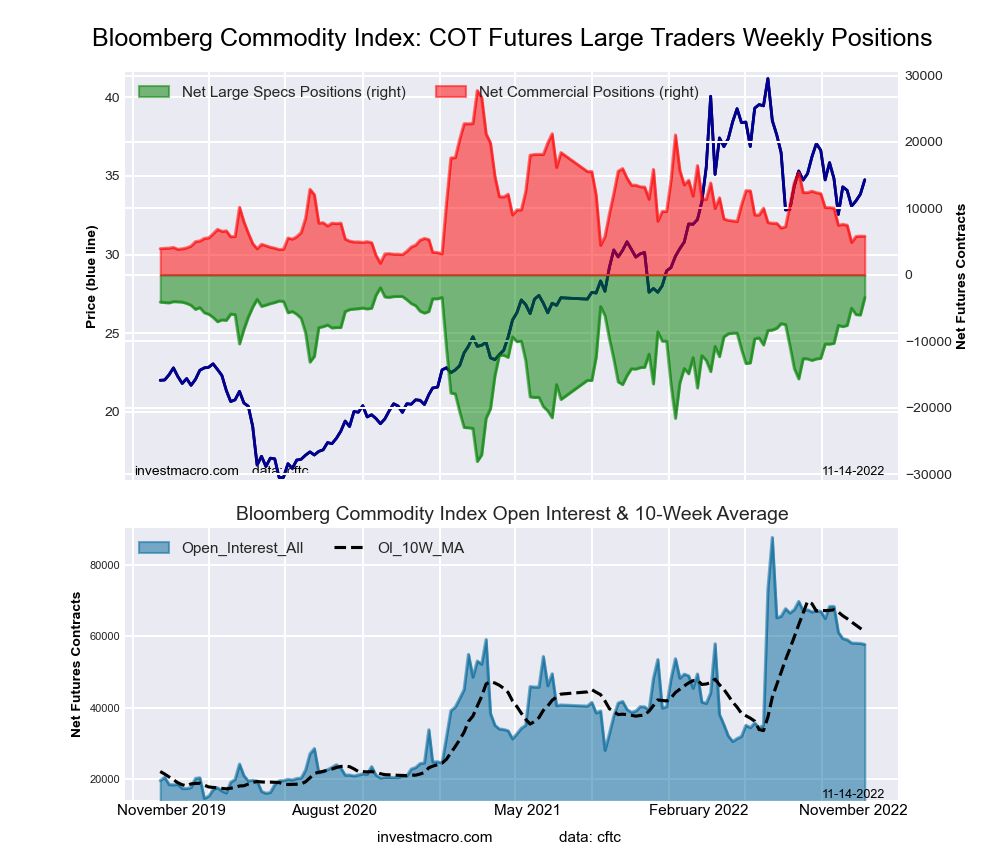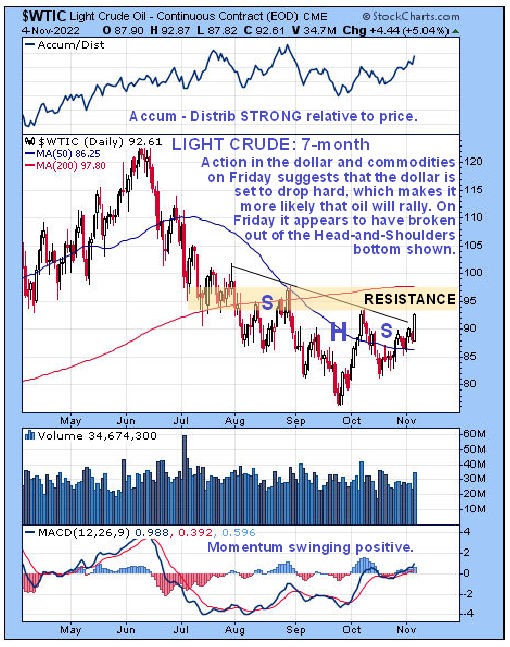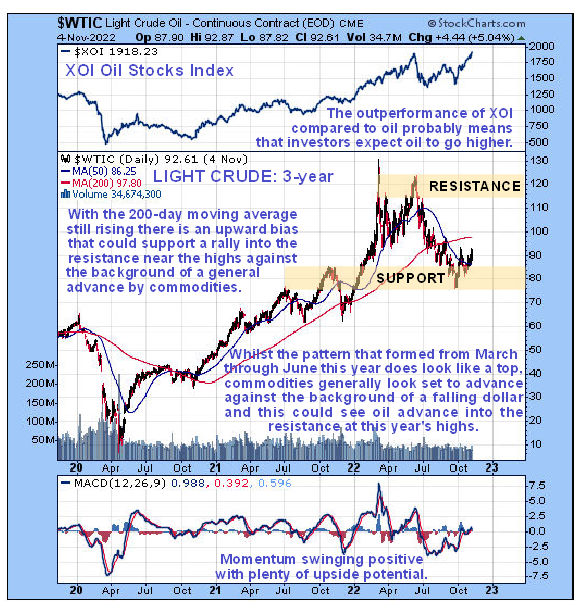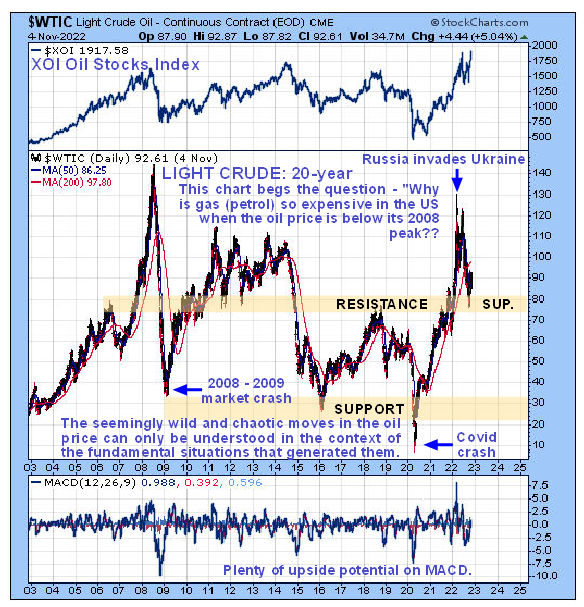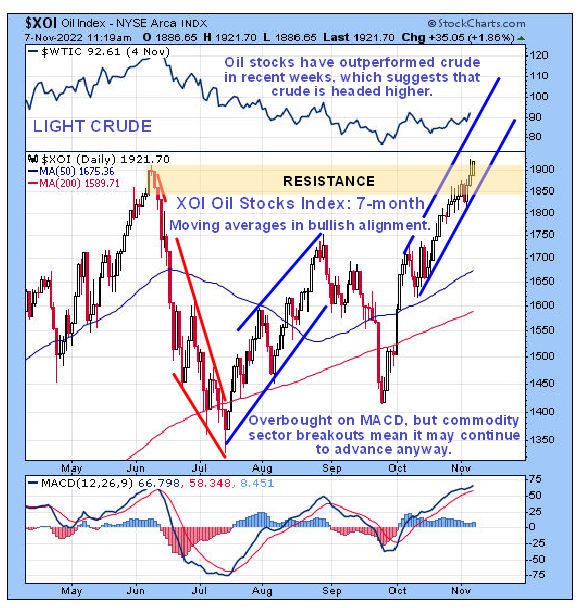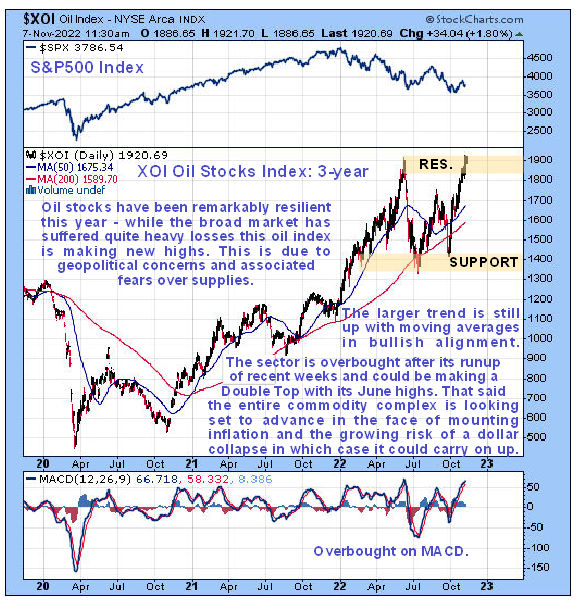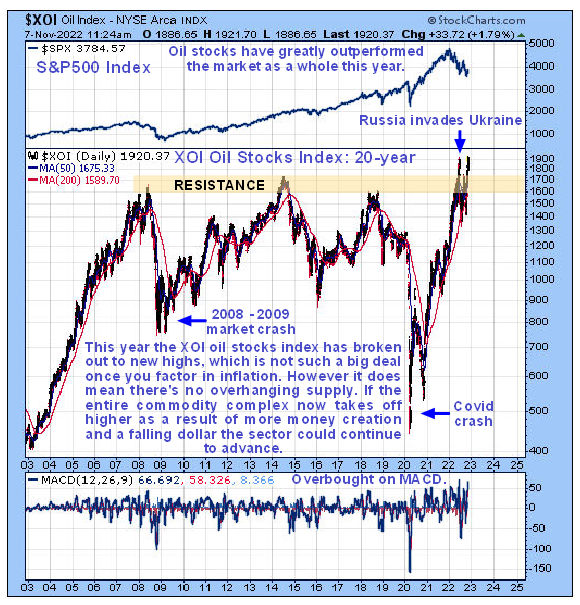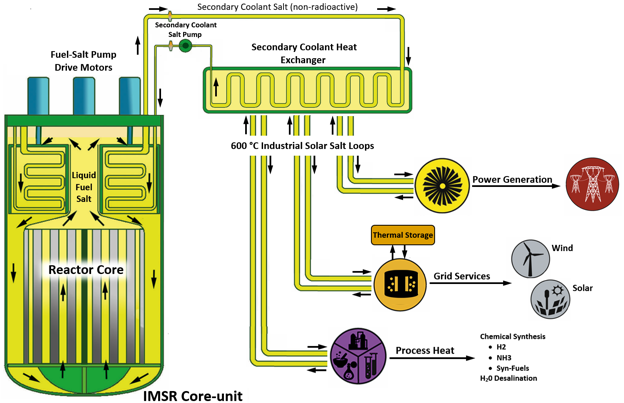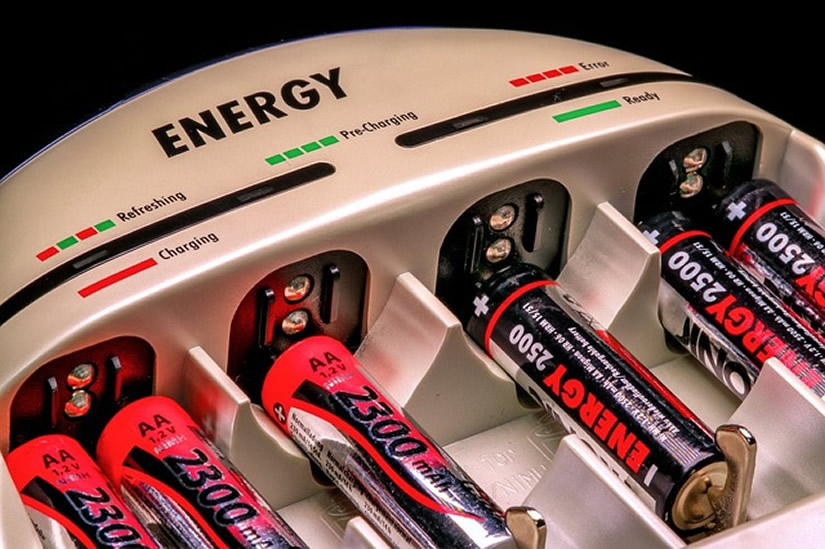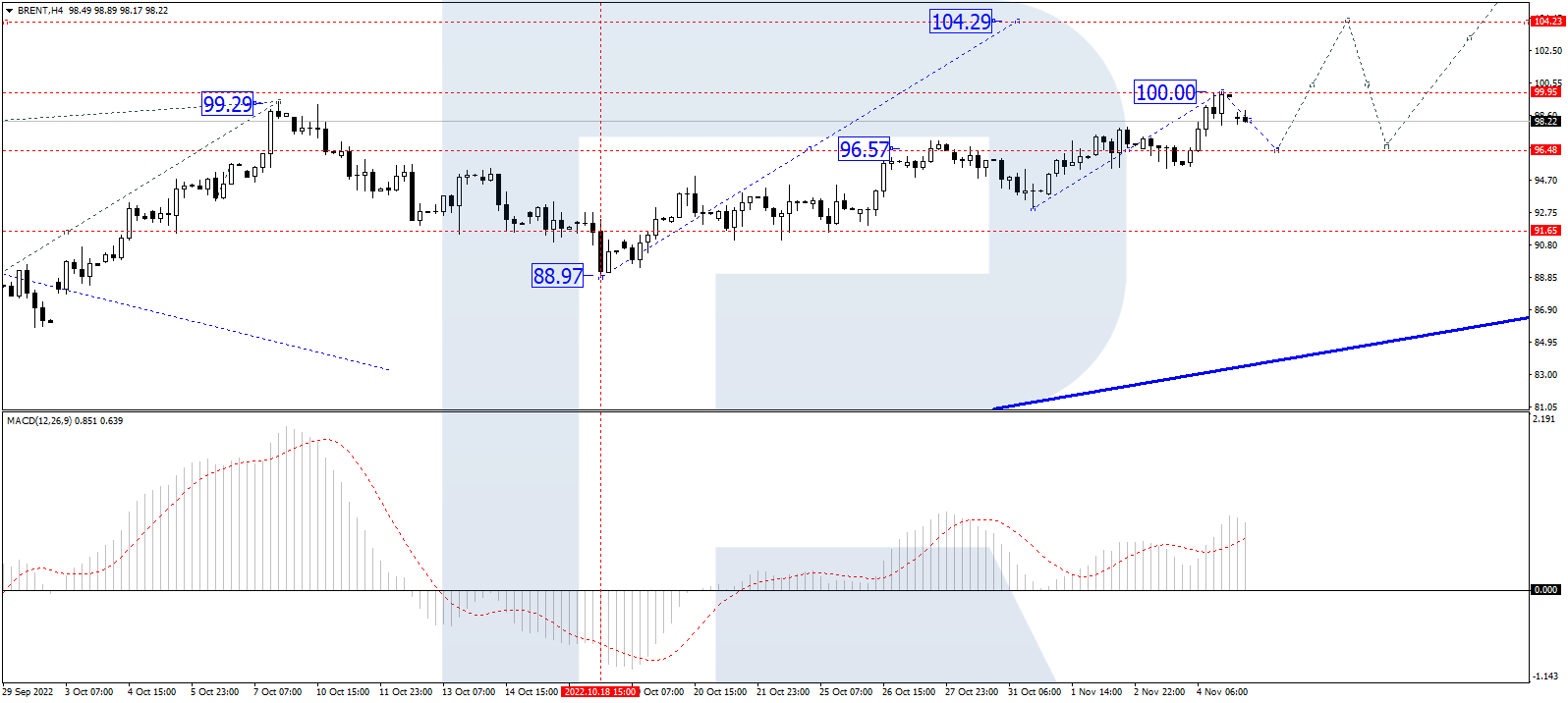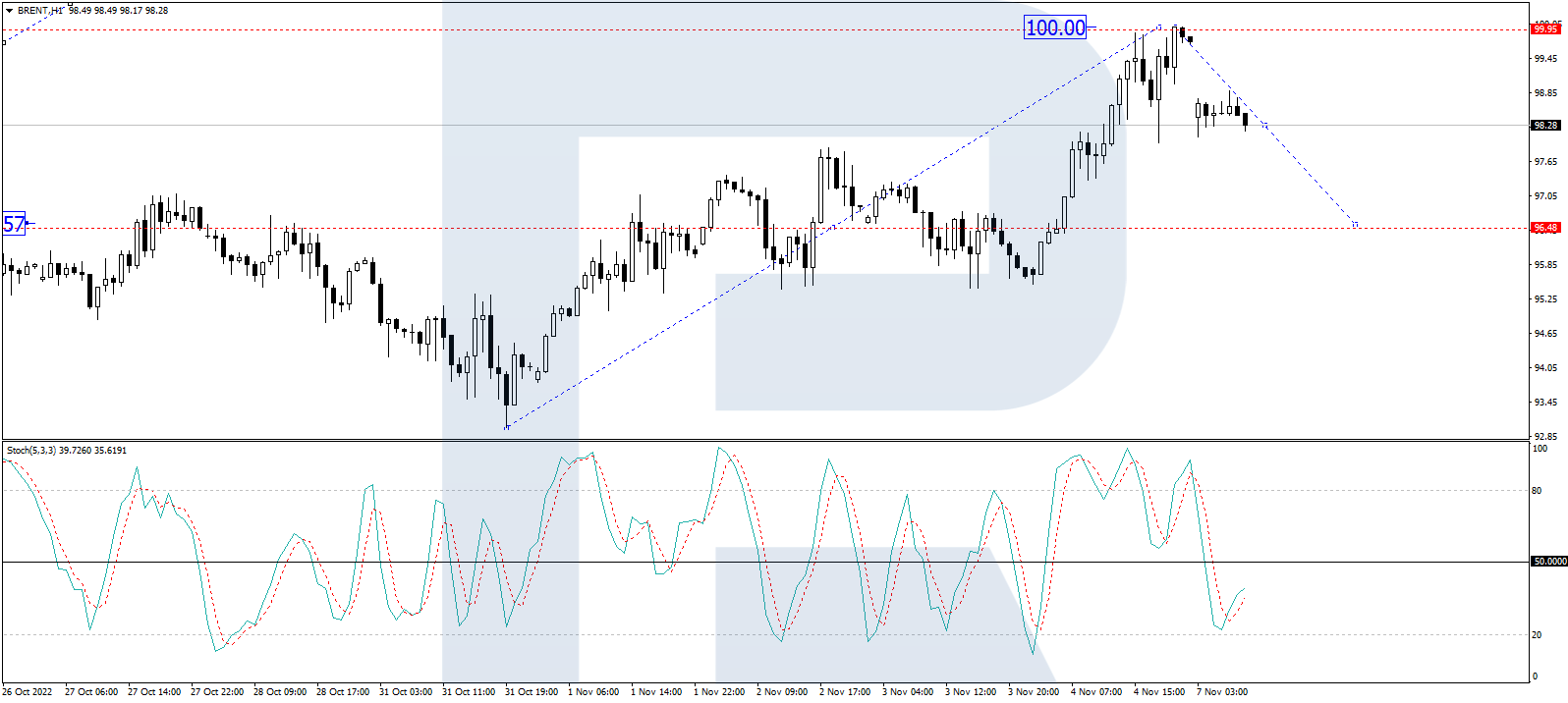Source: Adrian Day (11/8/22)
Several companies on expert Adrian Day’s list have either reported quarterly earnings or had other news. In the case of the larger companies, most have already pre-announced production or sales.
Barrick Gold Corp. (ABX:TSX; GOLD:NYSE) reported results in line with expectations, though free cash flows were weak. The company had pre-announced production, as well as overall costs.
The weaker-than-expected free cash flows reduced the net cash balance and, therefore, the dividend, part of which is based on the company’s excess cash balance, to US$0.15 rather than last quarter’s US$0.20.
Nonetheless, the stock price decline — it fell over US$2 from Wednesday to Thursday, to as low as US$13, before a partial recovery Friday as gold jumped — appears grossly overdone and is as much a reflection of investor concern about the gold market, and general concerns about the increase in costs at large miners, than about Barrick in particular.
Organic Growth Beats M&A
CEO Mark Bristow said the company was on track to meet annual guidance at the low end of the range for gold and mid-range for copper.
He emphasized that the company was pursuing organic growth, even though it continues to look at M&A opportunities, adding that those that meet the company’s investment criteria remain “few and far between.”
Barrick has several large-scale organic opportunities, including the Pueblo Viejo expansion, the restart of Porgera, and the new Reko Diq copper project in Pakistan. The company expects to increase reserves, net of depletion, at year-end.
So far this year, it has bought back 1% of its outstanding shares and, together with dividends, has returned over US$1.2 billion to shareholders.
Bristow said the company would buy its own shares when they were materially below intrinsic value, and in comments, he was almost chomping at the bit to start buying shares again, “more, significantly more.”
We should join him; buy.
Another Solid Quarter for Wheaton
Wheaton Precious Metals Corp. (WPM:TSX; WPM:NYSE) saw sales somewhat down, partly a reflection of two modest streams terminated during the quarter and partly a matter of the timing of sales. Ongoing bottlenecks affected sales, though these are being cleared up.
One major positive was the report that Phase 3 at Vale’s Salobo is now 98% complete. Other development projects appear on the track, while a handful of new mines are scheduled to begin construction in 2023.
Given that the last two quarters saw weak results at Salobo, which is Wheaton’s largest single asset, there had been concern that the expansion was being delayed. The company has nearly half a billion in cash, no debt, and US$2 billion on an unused line of credit.
A strong multi-year growth profile, rock-solid balance sheet, and conservative management make Wheaton a top pick. Given the jump in the stock price on Friday, we would hold off adding to positions, though you can take new positions here.
Royal Is on Track for a Strong End of Year
Royal Gold Inc. (RGLD:NASDAQ; RGL:TSX) had pre-released sales, which showed a minor miss of estimates largely due to a weak quarter at Cortez. Access to high-grade ore at that mine is now expected this quarter and will help Royal with a strong end of the year.
The company is maintaining its full-year guidance. This quarter is also expected to include the first royalties from its new Cortez royalty, which were not factored into the company’s full-year estimates. Note that Royal has two royalties on Cortez.
In addition, the Khoemacau copper mine in Botswana, on which royal has a silver stream, expects to have completed its ramp-up by the end of this year or early next. Most importantly, the mine life of oft-troubled Mount Milligan, Royal’s largest asset, has been extended another four years to 2033.
Average annual production is projected at 175,000 oz of gold and 68 million lbs of copper. Royal has streams on both metals.
This had been announced by operator Centerra last month. Royal has US$122 million cash and about $550 million available on its credit facility after paying down another US$50 million during the quarter. It intends to pay down debt further from ongoing cash flow. Royal has some quality assets and near-term growth. It is a buy at this price.
Lara Is a Must Own as the End Game Approaches
Lara Exploration Ltd. (LRA:TSX.V) announced that partner Capstone Copper had earned 49% in the Planalto Copper Project in Brazil after investing more than US$5 million in exploration expenditures. Capstone can move to 51% and become the operator by a US$400,000 payment to Lara, and then move to 61% by delivering a feasibility study.
This news follows the commencement of a new drilling campaign (see Bulletin 838); there is every indication that Capstone intends to continue in the joint venture and potentially look to buy the entire project.
As discussed previously, Planalto is not the only “company maker” that Lara holds. It also controls the Liberdade copper project, also in Brazil, on which it recently won a favorable court ruling in a dispute with Vale; and it owns 70% of the Mantaro phosphate project in Peru, each of which is arguably worth the company’s entire market cap., and potentially far more.
With solid management running a lean operation, Lara is one of my all-time very favorite junior companies. (You can assume that clients of my money management hold all the stocks which I discuss favorably in this unaffiliated newsletter. I should disclose, however, that clients own over 16% of Lara.)
This will be a big winner, but in exploration, things take time. Just as I did with Virginia Gold and then with Reservoir Minerals, I have been thumping the table on Lara repeatedly for a while now. This is one you need to own, and I strongly suspect that the outcome will be just as pleasurable as the outcome was for those other two.
The stock is thinly traded, and you don’t want to drive it up with your own buying. But a year from now, I suspect, it won’t really matter whether you paid US$0.65 or US$0.75, or even more; the important thing is that you own it.
Orogen Implements Strategy While Revenue Increases
Orogen Royalties Inc. (OGN:TSX.V) has optioned the Pearl String gold project in Nevada’s Walker Lane Trend to Barrick, giving it the right to earn 100% of the project in return for a US$1.5 million payment and US$4 million in exploration expenditures.
Orogen will retain a 2% royalty. The often neglected Walker Lane trend in southwestern Nevada hosts Anglo’s Silicon deposit on which Orogen (and Altius) hold royalties.
Separately, Orogen and Altius have signed a generative exploration alliance, looking for new targets geologically similar to Silicon. Altius will make the initial funding, while Orogen will make available its database and exploration team. Altius holds over 16% of Orogen as well as some warrants.
In Mexico, First Majestic announced a production record at its Santa Elena mine, with “strong production” from the Ermitaño deposit on which Orogen holds a royalty. First Majestic, noting that Ermitaño has higher grades than the Santa Elena mine, said it was processing a higher percentage of ore from Ermitaño.
As with Lara, Orogen is a junior you need to own. Closing Friday at 0.40 x 0.42, it is just above its 6-month average price, where it remains a solid buy.
Midland Continues Exploration Success
Midland Exploration Inc. (MD:TSX.V) reported encouraging success from its recent exploration program in the Labrador Trough, part of a strategic alliance with SOQUEM. Several new mineralized horizons were discovered at surface, with very attractive grab samples. The companies will continue their work over the winter, seeking to understand the geologic setting. We would expect the team to be back in the field next summer.
With strong management, a solid balance sheet, and the activity of multiple projects, many with first-class partners, Midland remains a buy.
Vista Cuts Costs as Deal Process Takes Time
Vista Gold Corp. (VGZ:NYSE.MKT; VGZ:TSX), in its third-quarter report, noted that it was advancing work to maximize value on its Mt Todd project, focusing on controlling costs while the process was ongoing. Fixed-cost spending is running 15% under the US$7 million budgeted for the full year; most of those reductions have been in personnel costs.
And the company also expects a reduction in discretionary spending now the feasibility study and drilling programs are complete; it spent just under US$1 million at Mt Todd in the quarter.
However, even at the reduced rate, its US$9.6 million cash as of the end of the quarter, healthy though that is, represents little more than one year’s worth of expenses. Hold.
Gladstone Performs Well in Difficult Environment
Gladstone Investment Corp. (GAIN: NASDAQ) reported a strong quarter with adjusted Net Investment Income, a key metric for Business Development Companies, of US$0.29, up from US$0.25, and total investments valued at US$738 million, up from US$690 million at the end of June.
The company made one new investment of US$39 million, and it recapitalized an existing investment adding another net of US$20 million. The portfolio suffered a small decline in valuations, largely the result of lower multiples being assigned.
Gladstone reported that its portfolio companies were meeting the challenges of the economic environment and higher interest rates, and in fact one company came off non-accrual status, leaving just two companies on non-accrual.
New Dividend Equals Over 10% Yield
As a result of the strong performance, the company increased its monthly dividend by almost 7%, and it announced another supplement distribution of US$0.12. If the company can make similar extra distributions in the coming 12 months, the forward yield would be over 10%. It yields a healthy 6.9% just on the monthly dividends.
With a high yield, a strong balance sheet and low leverage, and growth opportunities, Gladstone remains a long-term holding. However, with the stock price up sharply after its results — and it is up from under US$12 a share three weeks ago — we are holding.
BEST BUYS this week are few; given that the markets have rallied recently, and the gold and resource stocks in particularly jumped sharply on Friday, we are not chasing, even though many of the prices remain attractive on a longer-term basis. In addition to those above, buys this week include Agnico Eagle Mines Ltd. (AEM:TSX; AEM:NYSE) and Nestle SA (NESN:VX; NSRGY:OTC).
Adrian Day Disclosures:
Adrian Day’s Global Analyst is distributed for $990 per year by Investment Consultants International, Ltd., P.O. Box 6644, Annapolis, MD 21401. (410) 224-8885. www.AdrianDayGlobalAnalyst.com. Publisher: Adrian Day. Owner: Investment Consultants International, Ltd. Staff may have positions in securities discussed herein. Adrian Day is also President of Global Strategic Management (GSM), a registered investment advisor, and a separate company from this service. In his capacity as GSM president, Adrian Day may be buying or selling for clients securities recommended herein concurrently, before or after recommendations herein, and may be acting for clients in a manner contrary to recommendations herein. This is not a solicitation for GSM. Views herein are the editor’s opinion and not fact. All information is believed to be correct, but its accuracy cannot be guaranteed. The owner and editor are not responsible for errors and omissions. © 2022. Adrian Day’s Global Analyst. Information and advice herein are intended purely for the subscriber’s own account. Under no circumstances may any part of a Global Analyst e-mail be copied or distributed without prior written permission of the editor. Given the nature of this service, we will pursue any violations aggressively.
Disclosures:
1) Adrian Day: I, or members of my immediate household or family, own securities of the following companies mentioned in this article: All. I personally am, or members of my immediate household or family are, paid by the following companies mentioned in this article: None. My company has a financial relationship with the following companies mentioned in this article: None. Funds controlled by Adrian Day Asset Management, which is unaffiliated with Adrian Day’s newsletter, hold shares of the following companies mentioned in this article: All. I determined which companies would be included in this article based on my research and understanding of the sector.
2) The following companies mentioned in this article are billboard sponsors of Streetwise Reports: None. Click here for important disclosures about sponsor fees. The information provided above is for informational purposes only and is not a recommendation to buy or sell any security.
3) Statements and opinions expressed are the opinions of the author and not of Streetwise Reports or its officers. The author is wholly responsible for the validity of the statements. The author was not paid by Streetwise Reports for this article. Streetwise Reports was not paid by the author to publish or syndicate this article. Streetwise Reports requires contributing authors to disclose any shareholdings in, or economic relationships with, companies that they write about. Streetwise Reports relies upon the authors to accurately provide this information and Streetwise Reports has no means of verifying its accuracy.
4) This article does not constitute investment advice. Each reader is encouraged to consult with his or her individual financial professional and any action a reader takes as a result of information presented here is his or her own responsibility. By opening this page, each reader accepts and agrees to Streetwise Reports’ terms of use and full legal disclaimer. This article is not a solicitation for investment. Streetwise Reports does not render general or specific investment advice and the information on Streetwise Reports should not be considered a recommendation to buy or sell any security. Streetwise Reports does not endorse or recommend the business, products, services, or securities of any company mentioned on Streetwise Reports.
5) From time to time, Streetwise Reports LLC and its directors, officers, employees, or members of their families, as well as persons interviewed for articles and interviews on the site, may have a long or short position in the securities mentioned. Directors, officers, employees, or members of their immediate families are prohibited from making purchases and/or sales of those securities in the open market or otherwise from the time of the decision to publish an article until three business days after the publication of the article. The foregoing prohibition does not apply to articles that in substance only restate previously published company release. As of the date of this article, officers and/or employees of Streetwise Reports LLC (including members of their household) own securities of Wheaton Precious Metals Corp. and Agnico Eagle Mines Ltd., companies mentioned in this article.
